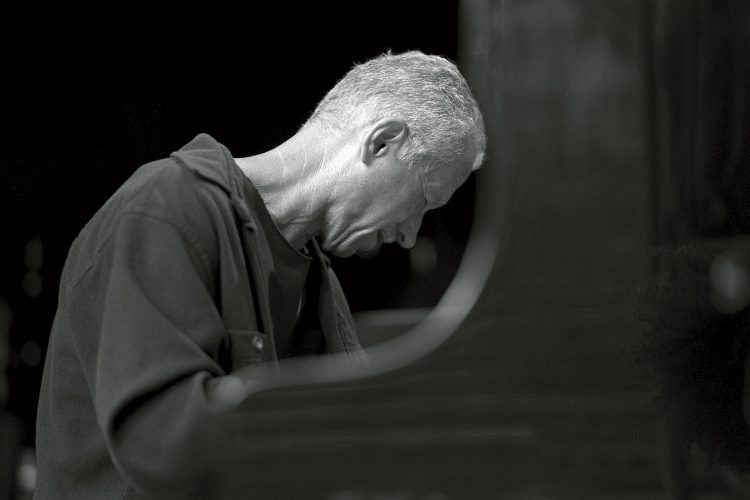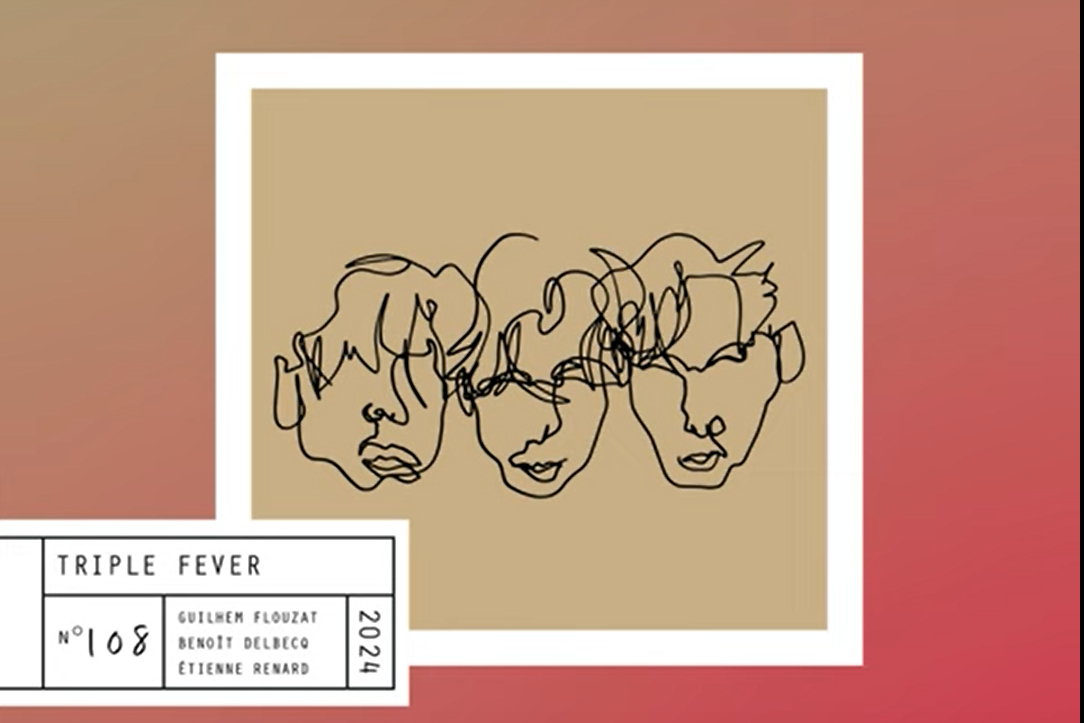Review: Keith Jarrett’s ‘Budapest Concert’
|
Getting your Trinity Audio player ready...
|
On January 24, 1975, Keith Jarrett sat, in pain, at the keys of a decrepit and horribly out-of-tune piano. The instrument’s pedals did not function properly, giving both a dampened lower register and a harsh upper one. Even after several hours of adjustments, it was still defective. Anyone rationally analyzing this situation would see these failings as the culminating moment of a tour full of malaise. It came as Jarrett suffered from intense back pain for several days, which in turn also caused physical exhaustion from lack of sleep. The five-hour drive to the concert hall only made matters worse. Due to some confusion by wait staff at a local restaurant, he also ate almost nothing before taking the stage. Despite all this, Jarrett looked deep into his soul and threw everything – frustration, pain, longing, and dreams of a better time – onto the canvas of his broken tool’s fifty-two keys and created art that continues to inspire and invigorate. To do so, he borrowed from a palette of ideas from jazz, classical, Latin, gospel, folk, and country to create a holistic whole. The resulting album, The Köln Concert (ECM Records, 1975), continues to serve as both a model for modern solo piano recordings and a high-point in the discography of ECM, a label that has consistently produced excellence. The music is a powerful statement on the beauty that can emerge in even the most difficult of circumstances. And so, to hear the pianist now hold out Budapest Concert (ECM Records, 2020), as his “gold standard” against which to measure his other unaccompanied outings must initially give pause.
Although Jarrett has had dozens of solo releases throughout his career, given Köln’s preeminence, it does seem like the best for comparative purposes. Structurally, the older work was fully improvised and made up of two major parts with three sub-parts for the second. Budapest Concert does not precisely follow this compositional approach; it includes two pre-composed pieces – a heavy-hearted rendition of “It’s a Lonesome Old Town” and a hopeful “Answer Me.” Their addition is not out of place among Jarrett’s overall output, as he has covered both several times but still differs from Köln.
These two songs notwithstanding, at first glance, the remainder of Budapest Concert appears to follow Köln’s structure, one carried through much of Jarrett’s solo releases. The other twelve tracks are indeed titleless spontaneous compositions. However, they are significantly shorter and numerous. This generally also means they are much more regimented. The parts now thoroughly resemble distinct and isolated movements instead of more amorphous concepts. That does not mean that Budapest Concert’s list of influences is truncated compared to Köln. However, they are generally more compartmentalized.
Consider “Part IV,” where pounding bass notes move tumultuously below a blues-based line on the upper register. It is oddly reminiscent of heavier sounding rock music with his left hand approximating a raging rhythm section while his right forges a melody. It is a testament to Jarrett’s skill as an improviser with seemingly pre-written when fully created within the moment. But, the entirety of the “Part” rotates around a central approach. Although it may roughly turn the corner at times, it never veers into other lanes.
“Part XII- Blues” sits somewhere between the piano heritages of East Texas and New Orleans in a manner reminiscent of “True Blues” off of The Carnegie Hall Concert (ECM Records, 2006). Jarrett’s notorious vocalizations, for which some have criticized him in the past, fit wonderfully, suggesting a weakened old bluesman whose voice wasn’t what it once was but still sings from the heart because he can’t imagine not doing otherwise. Jarrett’s vocals also add color to “Part III,” where they often sound like a string instrument, possibly a cello. A series of trills develop as the piano twists and winds over this imaginary orchestral instrument. High notes and low ones send warning signals before discordant chords pave a path for a frantic fury across the keyboard, testing the instrument’s limits. Both cases, however, clearly locate themselves within certain generally identifiable frameworks.
The foregoing notwithstanding, there is not always sturdy walls constructed between precepts. With “Part I” the audience ostensibly joins a performance already in progress. The piece straddles some space between “jazz,” late 20th Century “classical,” and even “noise.” A torrential rain of notes resonates like an orchestra crammed into the small wooden frame of his piano. It is not immediately accessible but, like the best art, does reward increased focus and attention to detail. Of course, ECM head Manfred Eicher’s stereotypically exemplary production also creates an environment in which the space between the notes is just as instructive as that which is heard.
This interplay between sound and silence also allows for ghosts of musicians past to appear. At times “Part I” hints the melody of “Giant Steps.” “Part V” does the same with Charlie Parker’s “Now the Time” and “Part VII” with Bernstein’s “Somewhere.” Are these Jarrett’s influences subconsciously emerging? Intentional decisions by the artist? Or this writer’s own biases attempting to make something objective out of the undeniably subjective? Ultimately, the fact these questions remain unresolved gives an increased depth to Jarrett’s art.
The soulful “Part VII” is a beautiful reminder of the sonic lineage stretching from Béla Bartók – for whom the concert hall hosting this 2016 performance was named – to Jarrett. Bartók, himself a pianist who pieced together ideas from different styles and cultures to create something new, was one of the founders of ethnomusicology. He refused to draw needless cultural or social lines in his art. “Part VII” takes this to heart by drawing upon folk, country, and jazz to produce a sound that is simultaneously contemplative and ebullient. Of the entirety of Budapest Concert, in this sense, it is also the portion most reminiscent of the best moments on Köln. It also further confirms that while on many tracks Jarrett increasingly separates concepts, such division is more of an organizational mechanism than any commentary on the worthiness or compatibility of parts.
The recent news that Jarrett suffered two strokes in 2018 and would likely never perform in public again is devastating. For an artist to be deprived of the ability to continue to produce their life’s work is, of course, a travesty. But, as this album confirms, it is also a grave loss to the listener. Budapest Concert should rank among Jarrett’s finest due to its ability to both stir the audience’s emotions while generating significant contemplation. But will it ultimately dethrone The Köln Concert as his best solo release? While this writer currently suspects not, only time and serious reflection will tell.
Budapest Concert is now available on CD.
A digital copy can also be purchased through our Amazon affiliate store.




One thought on “Review: Keith Jarrett’s ‘Budapest Concert’”